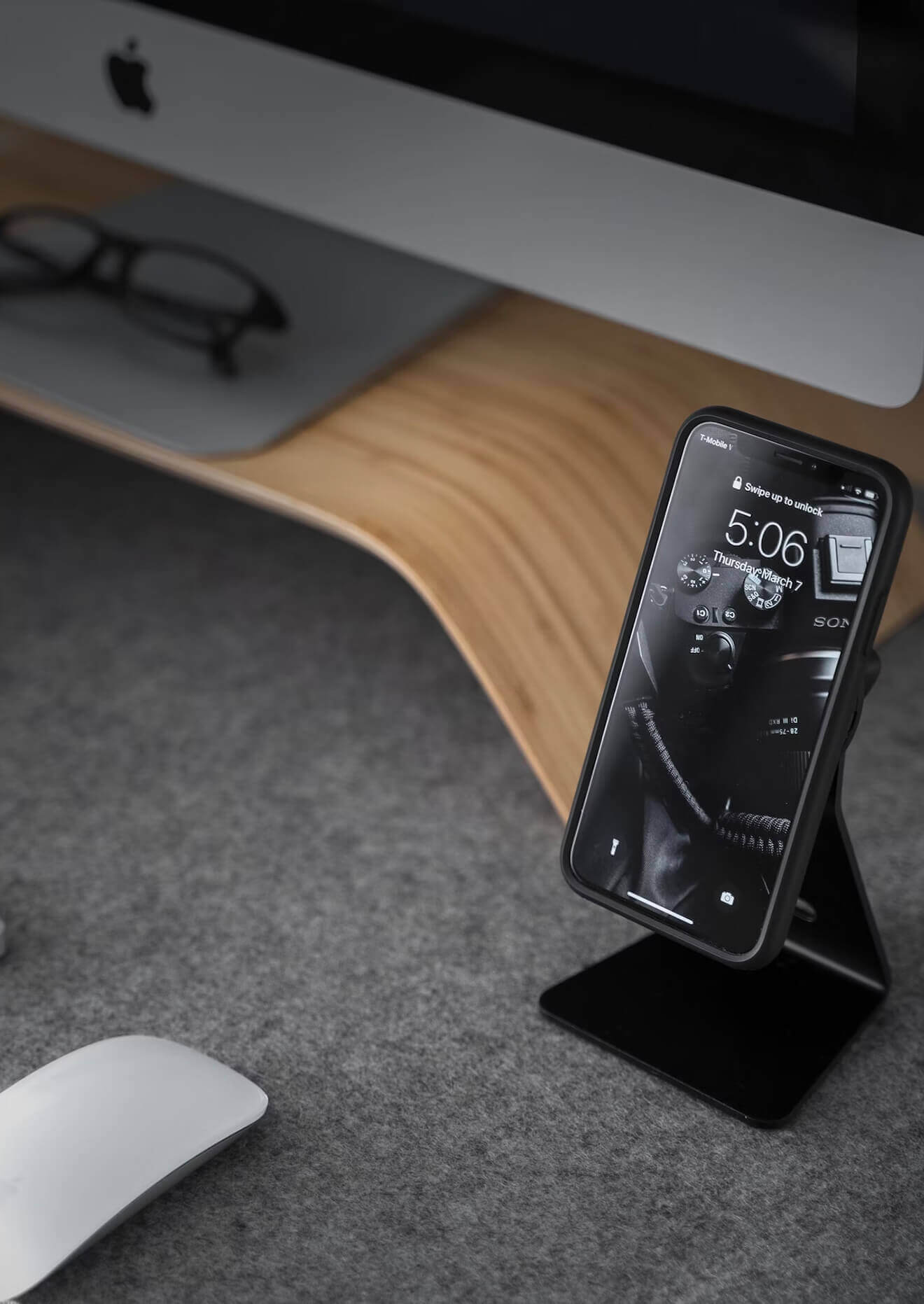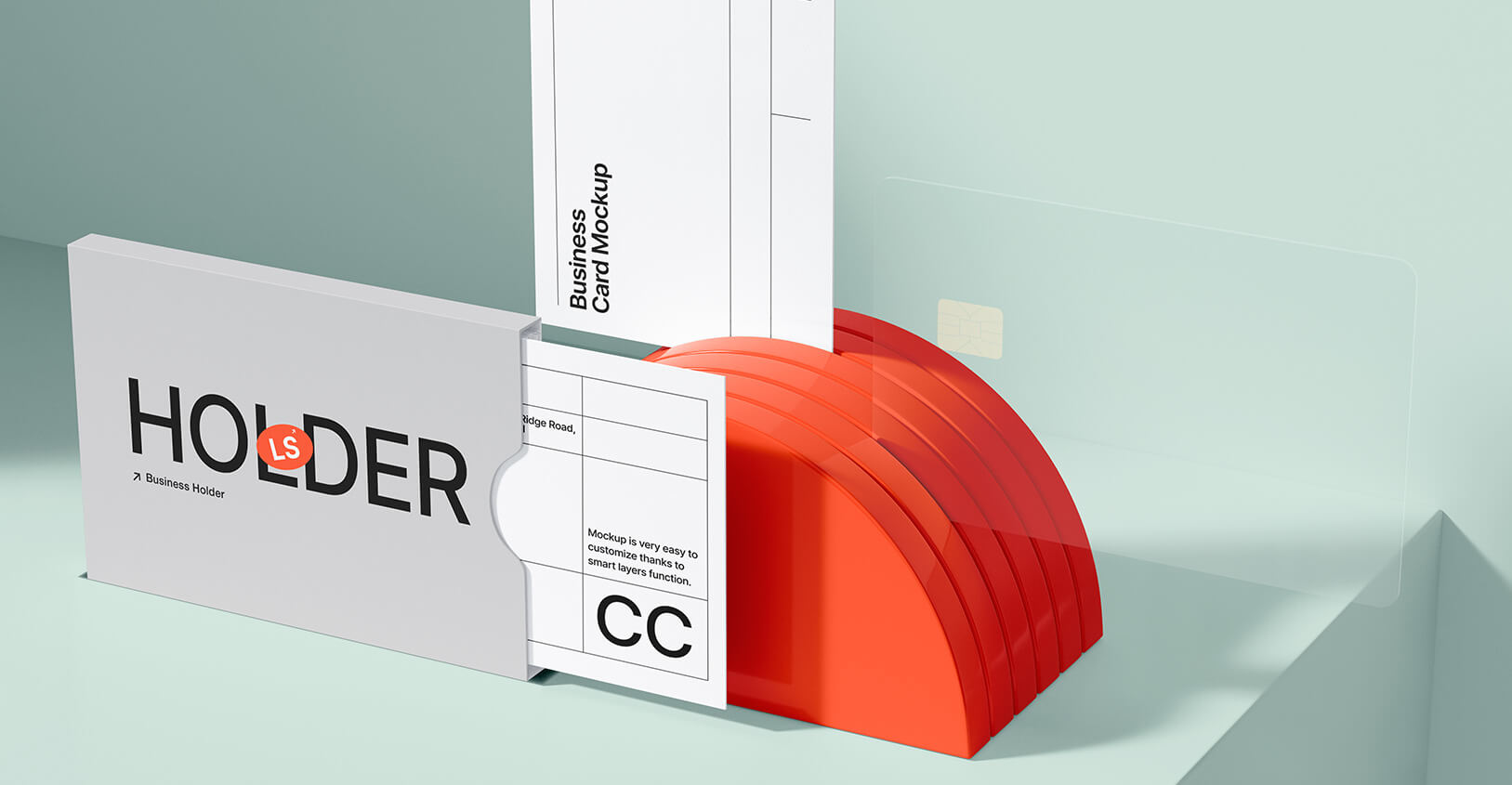Color is one of the most powerful tools in a designer’s arsenal. It has the ability to evoke emotions, communicate messages, and shape how users perceive a brand or product. For visual designers, mastering the art of color theory is not just an option—it’s essential. In this guide, we will explore the principles of color theory and how you can apply them to create impactful and visually harmonious designs.
The Foundations of Color Theory
At its core, color theory is the study of how colors interact and the visual effects they create when combined. To master color theory, you need to understand these basic elements:
The Color Wheel: The traditional color wheel organizes colors into three main categories: primary (red, blue, yellow), secondary (green, orange, purple), and tertiary (the mix of primary and secondary). This tool is fundamental for creating color schemes.
Color Harmony: Harmony refers to the pleasing arrangement of colors. Common harmonious color schemes include:
Complementary: Colors opposite each other on the color wheel, like blue and orange.
Analogous: Colors next to each other on the wheel, such as green, yellow, and orange.
Triadic: Three evenly spaced colors forming a triangle on the wheel, like red, blue, and yellow.
Color Temperature: Warm colors (reds, oranges, yellows) evoke energy and passion, while cool colors (blues, greens, purples) create calmness and serenity. Balancing warm and cool tones is crucial for dynamic compositions.

Colors don’t just look good—they speak to us on a subconscious level. Each color carries psychological associations, which makes choosing the right palette essential for communicating the right message. Here are some common associations:
Red: Passion, energy, urgency.
Blue: Trust, calmness, professionalism.
Yellow: Happiness, optimism, attention.
Green: Growth, nature, balance.
Purple: Creativity, luxury, mystery.
Understanding your audience’s cultural and emotional associations with color will help you design experiences that resonate.
Today’s digital tools make creating stunning color schemes easier than ever. Here are some tools to help you:
Adobe Color: Generate harmonious palettes and experiment with shades.
Coolors: A fast and user-friendly way to create and adjust color schemes.
Figma Plugins: Explore plugins like “Color Palettes” and “Color Accessibility” for effective design integration.
Material Design Tool: For UI designers, this tool ensures your colors are accessible and aesthetically pleasing.
Here’s how to leverage color theory in different design contexts:
Branding: Use colors to define a brand’s identity. For example, blue is popular among tech brands for its trustworthiness, while green is ideal for eco-friendly initiatives.
Web Design: Balance background, text, and accent colors to guide users through your website. High contrast ensures readability and accessibility.
Product Design: Test color schemes to see how they affect user interactions and emotions. A button in red might prompt urgency, while blue could indicate stability.


Even skilled designers can make errors when it comes to color. Here are a few pitfalls to watch out for:
Overuse of Saturation: Too many bright colors can overwhelm users. Use vibrant hues sparingly to draw attention.
Ignoring Accessibility: Always check for sufficient contrast to make your design inclusive for users with visual impairments.
Clashing Colors: Test combinations to ensure harmony and avoid visual discomfort.
Mastering color theory takes practice, but the effort is worth it. By understanding the science and psychology behind colors, you can create designs that not only look beautiful but also communicate effectively. Whether you’re working on a logo, a website, or a mobile app, color is your silent partner in delivering a powerful user experience.
So, dive into the color wheel, experiment boldly, and let your designs shine!


